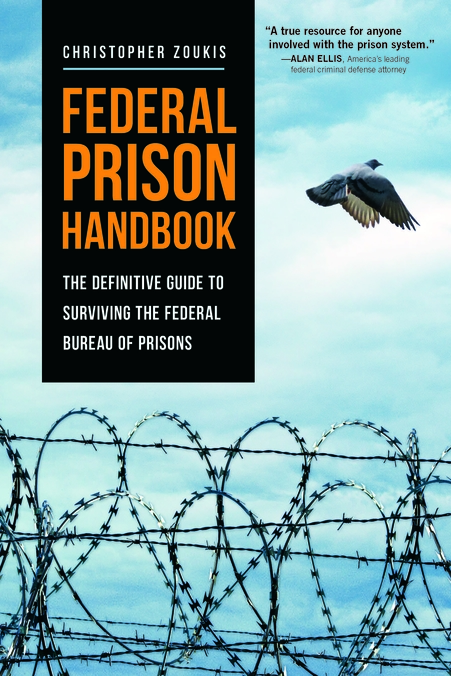SCOTUS Goes Live on Camera
For the first time in its history, the Supreme Court heard oral arguments over a conference call in May 2020. Ten arguments involving 13 cases were scheduled over six days. The measure was deemed necessary for the Supreme Court to continue to function amid the pandemic, as the majority of the justices are considered especially vulnerable to the coronavirus because of age and/or underlying medical issues.
Perhaps more significant than the justices working from home was that the proceedings were broadcast live to the general public, which had never been done before. On 27 prior occasions, the Supreme Court had allowed audio recordings of arguments to be released on the day they occurred, but the only way to follow the proceedings in real time was to attend in person. The Supreme Court has always been a public institution, but the necessity of having to be in Washington, D.C., early enough to get in line for limited seating on selected weekdays means that few Americans have had the opportunity to observe the nation’s highest court. Allowing cameras inside is a matter of increasing transparency and availability to a much wider audience.
In an era where the public is clamoring for access to the institutions of power, many courts have already taken the step of placing them online. The Supreme Court has continued to resist that trend though, and the reluctance comes from liberal and conservative justices alike. Nor are their reasons without merit.
The primary concern has been that the presence of cameras would encourage attorneys to play to the public by making sound-bite-ready arguments tailored to cable news — the so-called “C-SPAN effect.” While this would increase attorneys’ exposure to the public eye — and thus raise their fees — it would take away from the technical arguments they should be making to the court.
Justices also are concerned that their questions to the advocates could be taken out of context and used to damage their reputations.
Such concerns are legitimate, but they do not outweigh the positive outcomes of exposing the Supreme Court’s operations to the light. The majority of people lack the specialized training necessary to decode legal jargon, but that does not mean they are unable to discern the core issues — and which justices side for or against them. And while the justices themselves encompass some diversity, the group of reporters who cover them have almost uniformly been White males. Media coverage of the Supreme Court thus has often been slanted against the many demographics that have not been represented in the very place their rights are at stake.
The prohibition of cameras in the Supreme Court can be boiled down to one word — politics. The justices are appointed to their positions, and their rulings tend to reflect the partisan platforms of their respective appointer’s administration. An increased awareness of their legal opinions on crucial cases could have consequences at the voting booth, but as long as the Supreme Court continues to operate outside the public eye, there is little chance their party will be held to account.
As a digital subscriber to Criminal Legal News, you can access full text and downloads for this and other premium content.
Already a subscriber? Login





